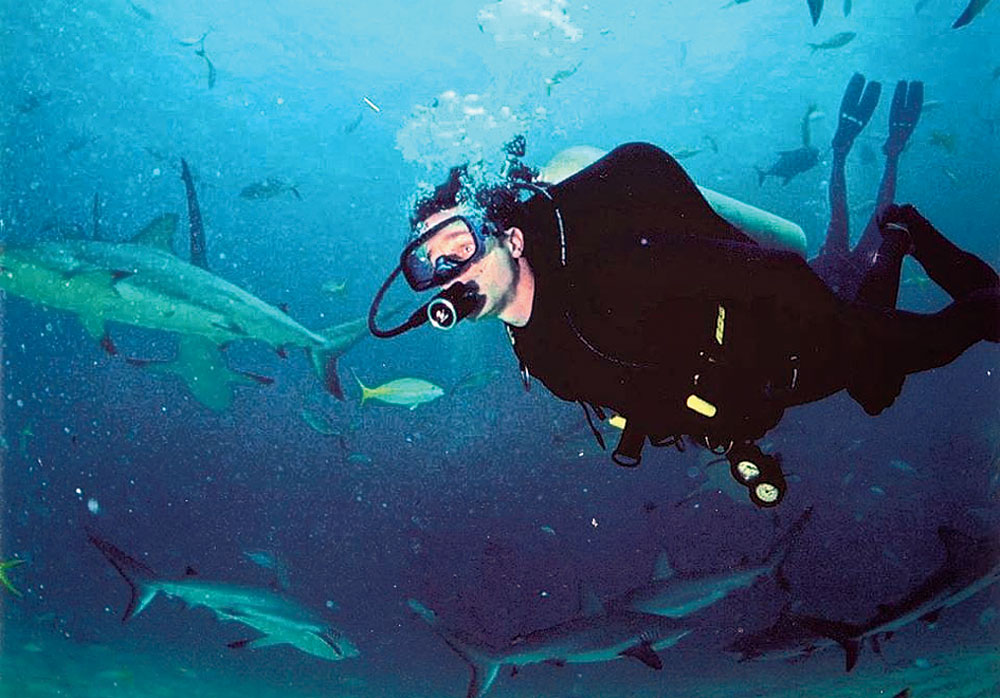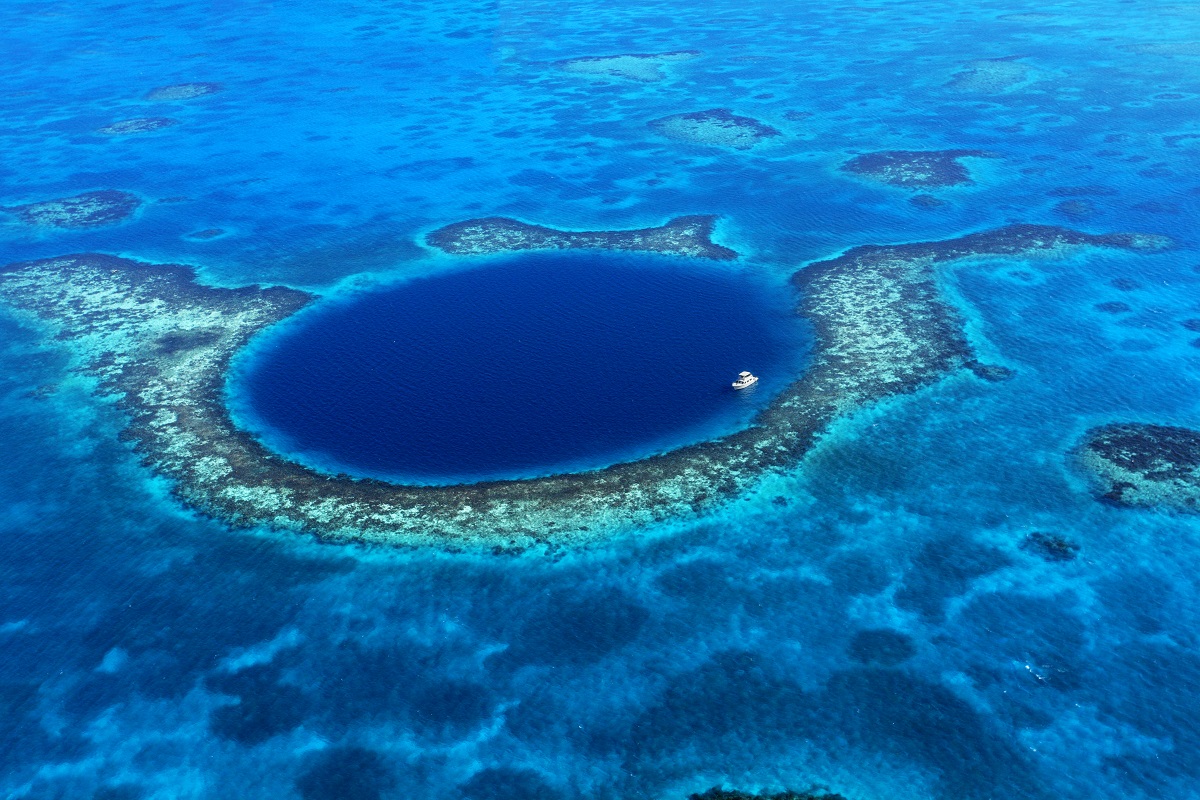When India had no satellite channels and colour television sets were a luxury, one man had brought the mysteries of the deep to the country’s living rooms with a Sunday morning show titled Secrets of the Sea.
Jacques Yves Cousteau, in his scuba-diving gear, swam with shoals of fish and explored wreckages of sunken ships, whetting viewers’ curiosity and teasing their imagination.
On Monday, ocean conservationist and documentary filmmaker Fabien Cousteau will step into his grandfather Jacques’s fins. Television screens will show him plunge his submarine into the world’s largest sinkhole — the term denotes a cavity in the ground — that Jacques had named the “Great Blue Hole” when he tried to chart its depths in 1971.
The Great Blue Hole is a circular cavern, 1,043ft across and 407ft deep, on the floor of the Caribbean Sea off the coast of Belize.
When Fabien’s Stingray 500 dives into its deep dark bosom, viewers around the world will be able to see what the explorers witness in real time on Discovery Channel (at 2.30am Indian time on Monday). There will be a repeat at 8pm the same day on Discovery and Discovery HD World.

Ocean conservationist Fabien Cousteau on a diving expedition. Photo courtesy: Discovery
Inside the submarine, piloted by Erica Bergman of Aquatica Submarines, with Fabien will be the maverick English business magnate and adventurer, Sir Richard Branson.
The Great Blue Hole, which looks like a drop of deep blue ink on the surface of the sea, is a part of the Belize Barrier Reef, a Unesco World Heritage Site, which almost encircles it.
It is known for its crystal-clear water and its abundance of sharks and sea life but has never been mapped or even plotted, leaving its depths to the province of the imagination.
Although the hole is a famous diving zone in Central America, the scuba divers tend to call it quits at 130 feet. It was measured using sonar technology in 1997, but Monday’s attempt will by far be its most thorough exploration ever.
The expedition will try to reach the bottom of the crater. For the first time, the explorers will have another submersible accompanying them with lights, tracking their descent and ascent and peering around and below them. The exploration will continue for two weeks.
The voyage, the organisers say, is not just a television stunt. The data collected will help create an accurate geographical model of the Blue Hole, and will give scientists around the world the opportunity to study how climate change affected its formation and growth.
Asked what he hoped to encounter, Fabien, a third-generation ocean explorer, said in a statement e-mailed to The Telegraph: “I really hope to immerse the viewers into a new and mesmerising adventure into the unknown, one of the biggest mysteries in the world.
“I’ve no idea about what to expect, because if I did, I wouldn’t go there…. I do hope and expect to see some exciting thing including the possibility of new species, undiscovered caves, evidence of Mayan civilisation.…
“We know that there are three new shark species that have been discovered recently in Belize. So, I am excited for so many reasons. And in this case, for the first time ever, it is going to be live, which means that the general public would be on adventure with us.”
Only four years old when he first dived, Fabien admitted there were risks, physical and technological. 'It's a place that we just don't have a road map for. The bottom line is that we have to expect the unexpected. Lot of things can happen, everything from an equipment failure, to catastrophic issues with technology, to just technological issues with using cutting edge sonar technology called Lidar with moving two very amazing submersible submarines, which will have human beings in them to go down to an extreme environment which is multiple atmospheres of pressure on a hole that is meant to sustain life inside. The power systems and support systems can have issues,' he said, adding that it will 'arguably' be as 'difficult as going into the outer space'.










